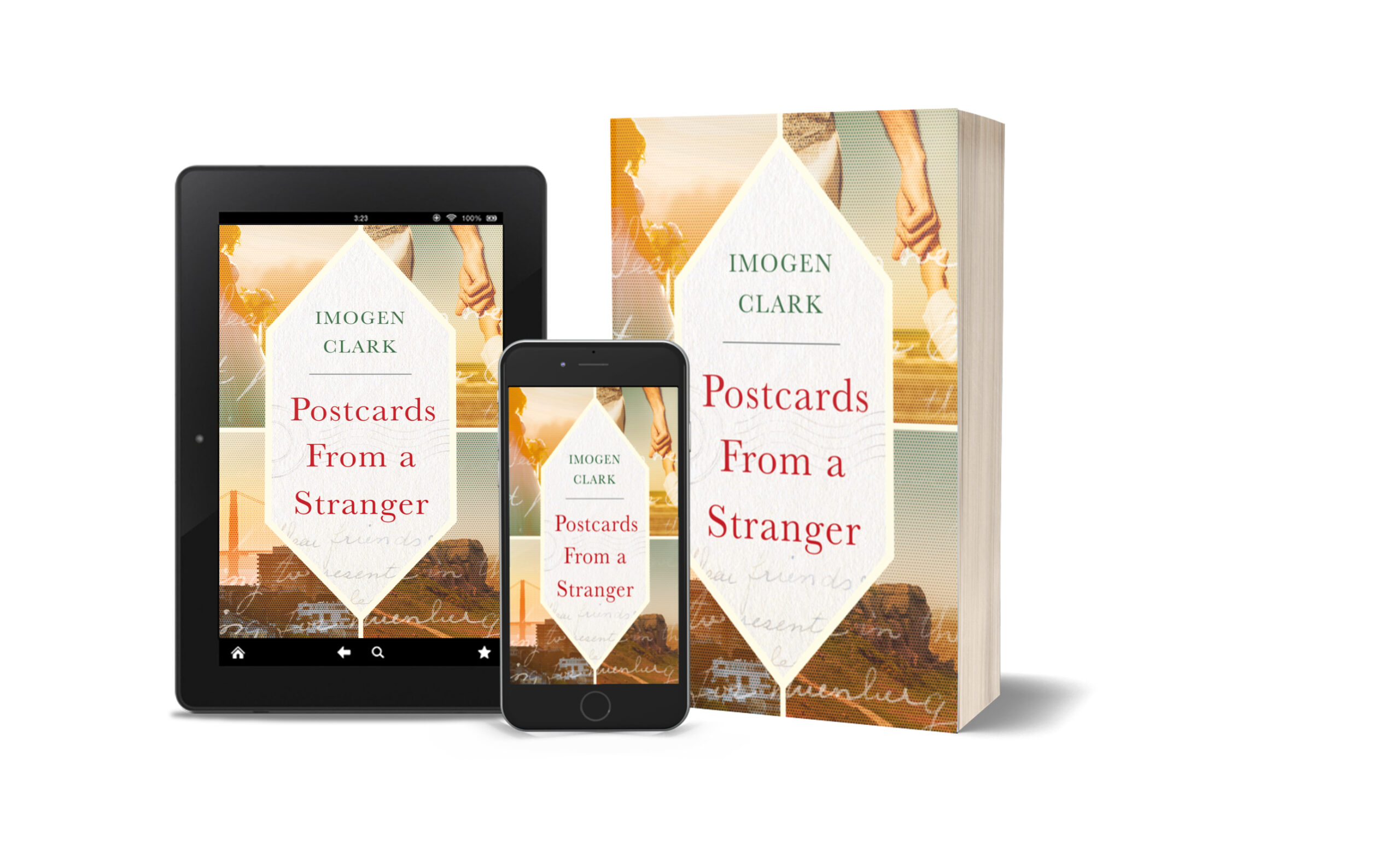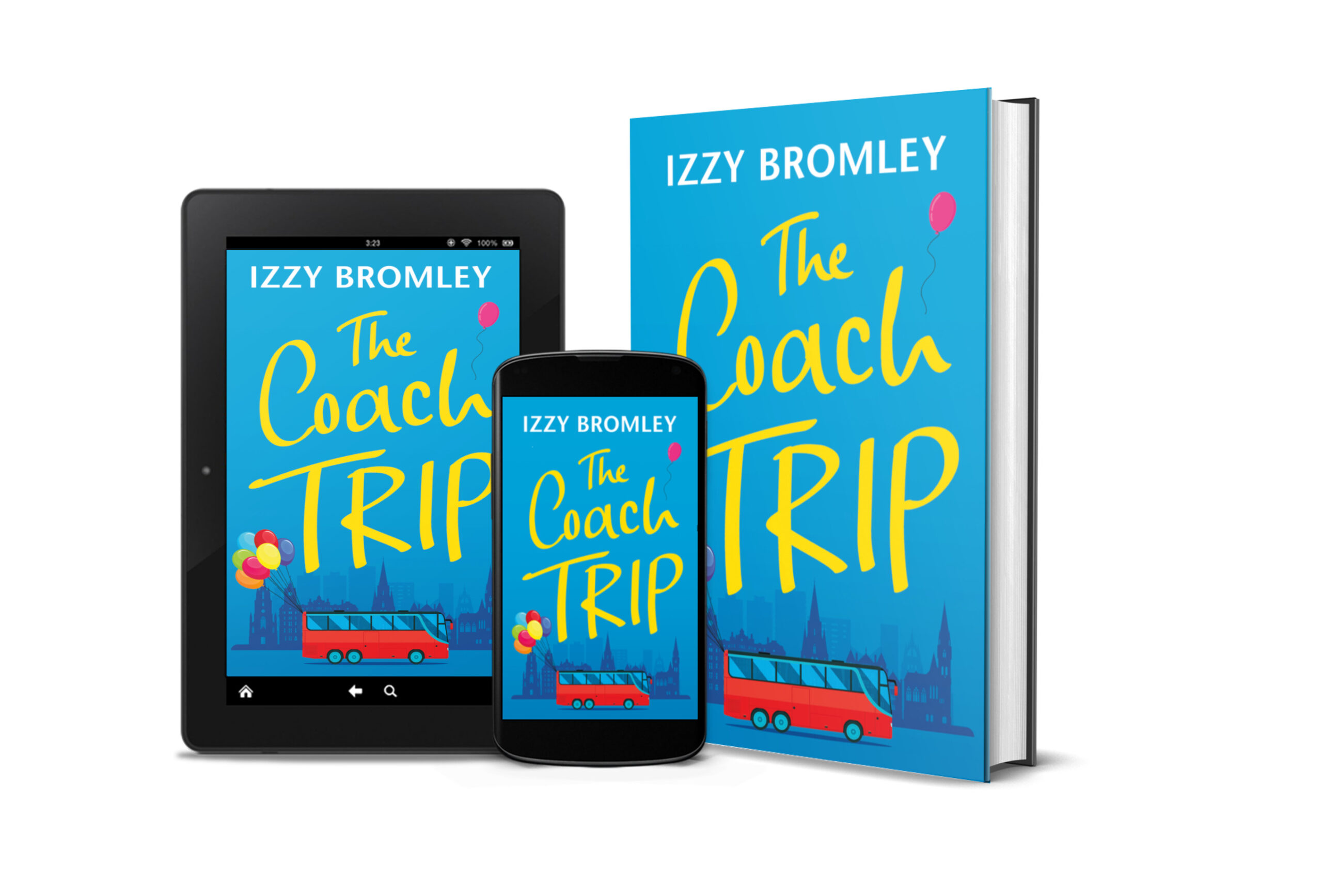For the last three weeks I have been singing with a church choir in Ilkley. They were looking for new members and one of their sopranos, who knew that I used to do a fair bit of singing, thought of me. It’s quite a big time commitment for someone who spends much of their time ferrying children about. The choir rehearses on Friday nights and then again before the service on Sunday. I had to give careful consideration as to whether it would fit into our lives but as I love to sing in general and adore sacred music in particular it wasn’t that hard a decision.
I am really enjoying it, although despite my relatively wide repertoire, we have yet to sing something that I know. This means that my sight reading skills are being tested and this is what has made me think about how strange singing in four part harmony really is.
When you play an instrument, you learn how to read music and how the notes that you play correlate with the notes on the page. It is a physical thing. To play a C you press this key, to play a G this one. And gradually your fingers become more agile and your brain becomes more adept at making the connection with what your eyes see and how your hands move. So, as long as your instrument is in tune to start with, you play the piece accurately.
But with singing it is totally different. You are your instrument. You have to learn how to make the noise that comes out of your mouth match the note on the page. There’s nothing to see. You can’t check your finger position against the diagram in the book.
This, amazingly, is a skill that most of us learn very early on. We sing nursery rhymes and some pre school children can do this so that you can recognise the tune without relying on the words. And then we are taught songs at school and if we are lucky we learn how to make the same sound as everyone else and this is called singing in tune.
But then the next stage is to sing something different to everyone else. It is rather like being in a quartet. Four different instruments, all with different qualities, all making sounds which, when played together make music. And this is where the sight reading comes in. We have to be able to look at the notes on the page and produce the sound that matches the note based purely on feel and experience. If the tenors come in before me on an E, say, I have to hear that E and know how to get from there to a C so that I can come in, in tune at my next entry. And I have to hear that note in my head before I sing it because obviously I can’t have a little practise out loud.
I had forgotten all this in the 25 years or so since I last sang regularly. When I thought about singing again, I thought of the pleasure of the sound not the mechanics of achieving it. But now, gradually, it is returning to me. I generally sing in tune but hitting the note that I want just by thinking it in my head first is a skill that takes time to regain.
Fortunately, the emphasis at the choir is very much on it being fun and they are very supportive. If I hit the wrong note and wobble the sopranos round me I can just apologize and hope that I get it right next time.
I don’t suppose I will ever understand exactly how I and all those other singers know how to make the right note come out of our mouths. It’s like text messaging – I know it works but God only knows how! I suppose if you have never tried to sing music in harmony, then you might never have given this any thought. But next time you hear a piece of choral music you may appreciate it in a different way.






